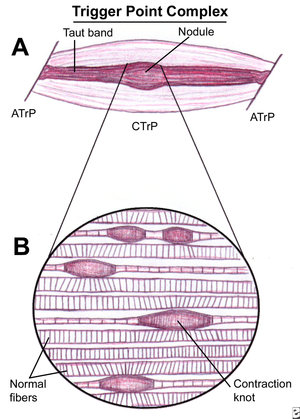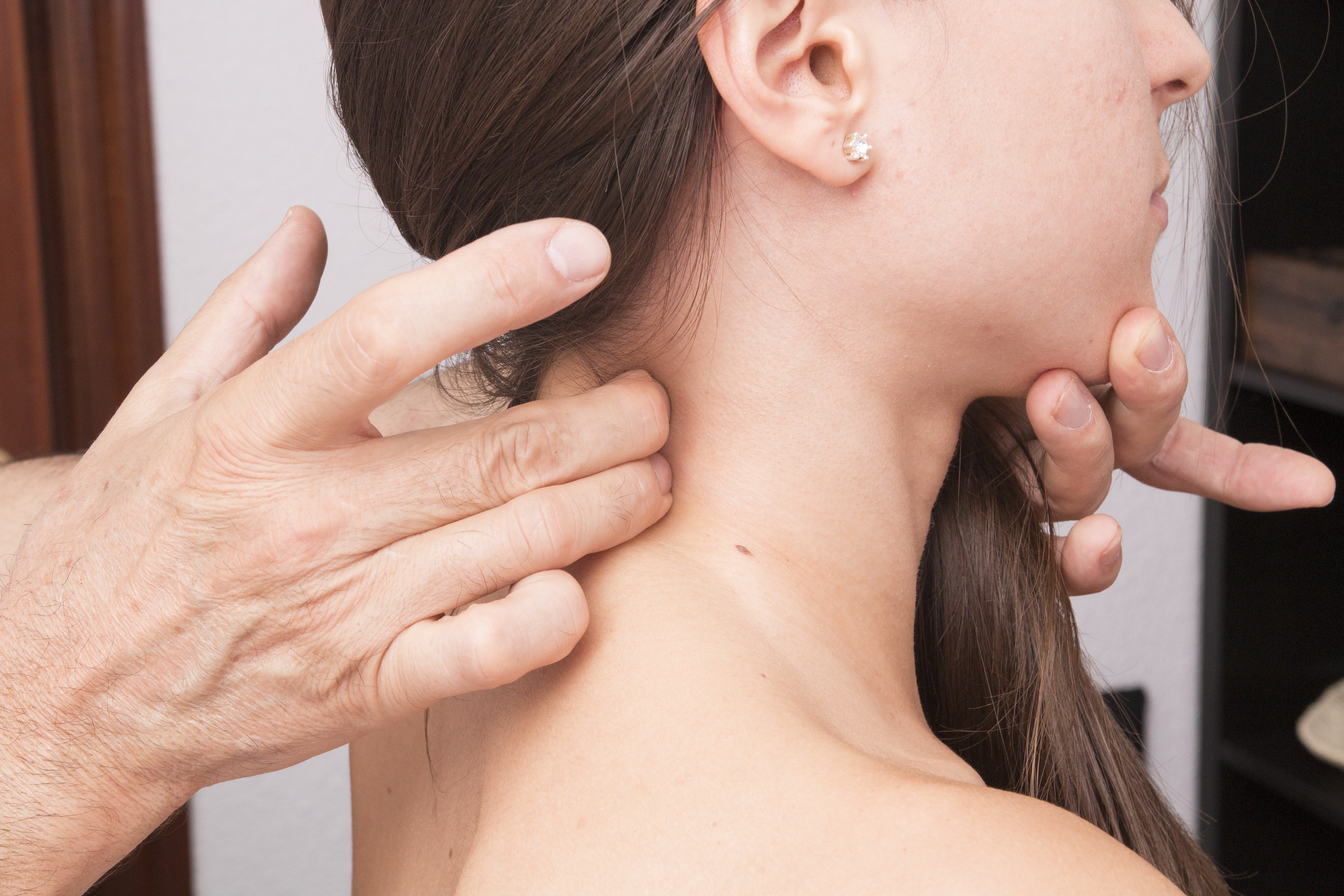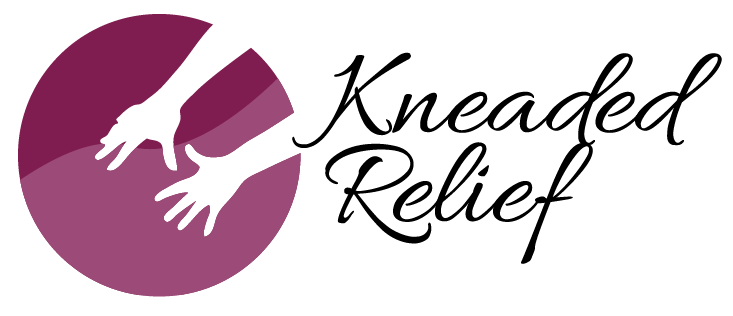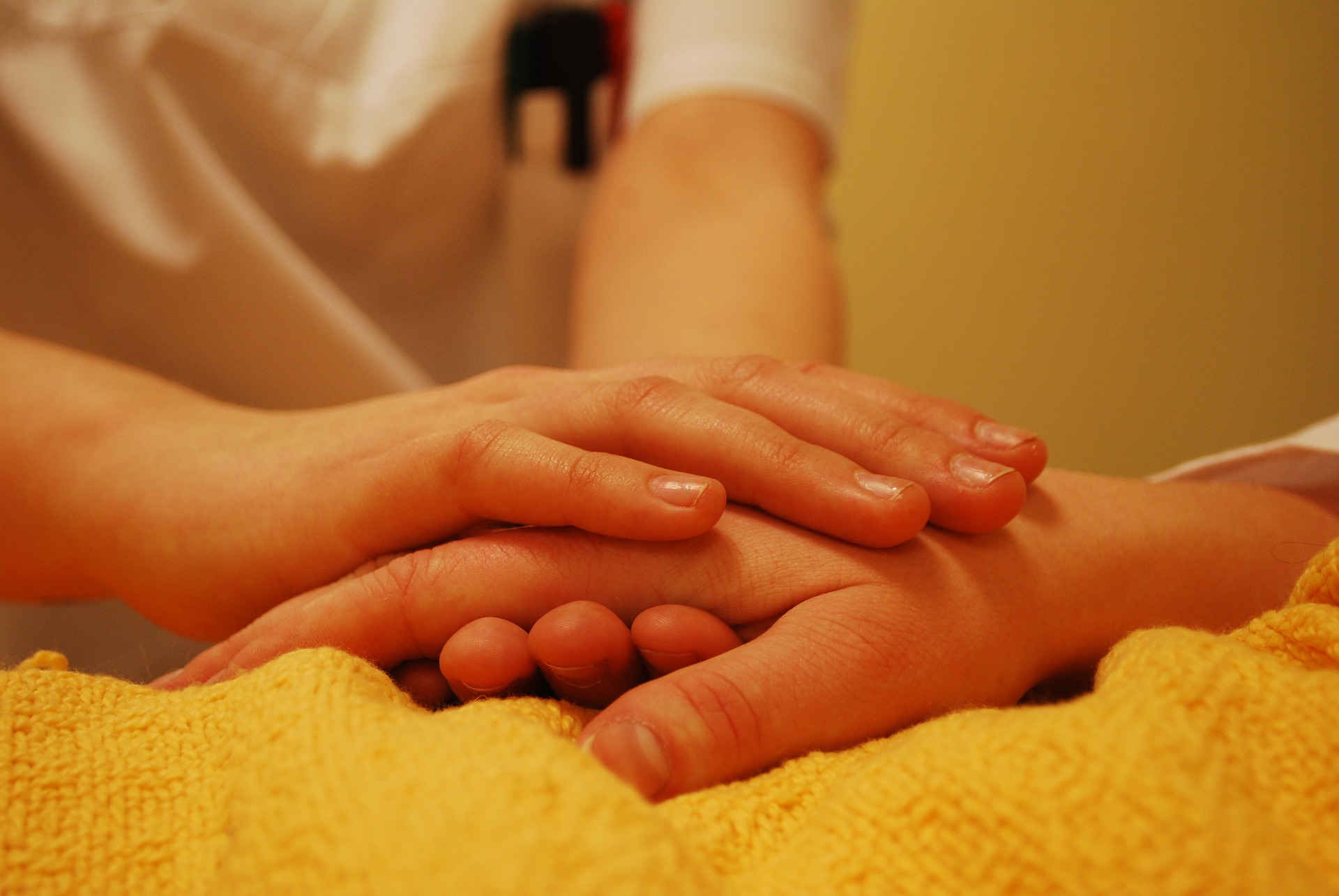What is a trigger point?!
You and I would normally refer to it as a "knot," but it's actually called a trigger point. So what exactly is it?
Your muscles are made up of elastic fibres that lengthen (extend) and shorten (contract) to perform different functions. There is a balance between the extension and contraction of your muscle fibres that is your resting point. Muscles do whatever our brains tell them to do, including return to their resting point when they have completed their task. While resting, the muscle receives nourishment via the blood, and stays “well-oiled” and ready for its next task.
Trigger points, or knots, form when some of the fibres become dysfunctional, and do not contract to their resting point correctly. If those fibres are not properly returned to their resting point, they lose nourishment, become adhesive in nature, and bond together creating a palpable nodule. The body reacts and alerts us to the problem with PAIN. There is also a restriction of movement, as the fibres can no longer stretch to their full potential.


Muscle pain will vary greatly when trigger points are involved. You may feel intense pain, or you may have only a vague feeling of tension, or anything in between! You may also feel the pain locally, where the knot has formed, or you might have that pain shoot to some other location entirely (referred pain).
Trigger Point Therapy
All methods of massage promote blood-flow and relaxation, and these are wonderful tools for dealing with trigger points. But there is also a specialised massaged treatment called "trigger point therapy". During trigger point therapy, a knot is located, and appropriate pressure is applied. If the exact point has been correctly stimulated, a neurological response is triggered, encouraging the fibres to release and reset to their resting point. Blood is also instantly drawn to the fibres when pressure is applied, which helps to break down the adhesion.
I incorporate trigger point therapy into most massage sessions, so if you've had a session with me, you have probably already experienced it. This therapy is a remedial technique, and although it is not relaxing in its process, it is immensely relieving to be free from those nasty knots!





